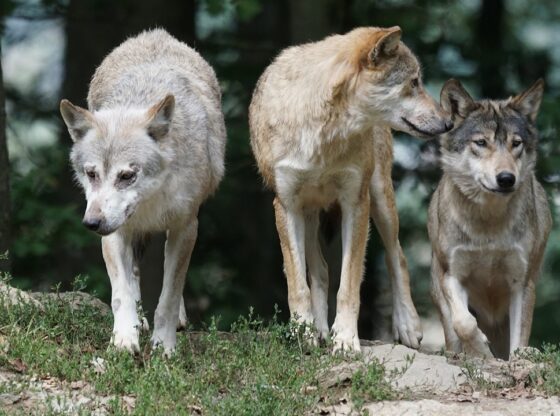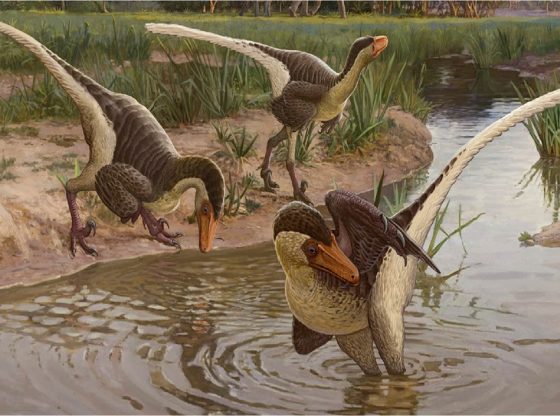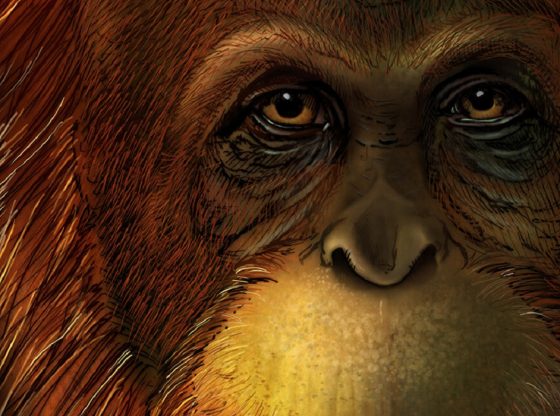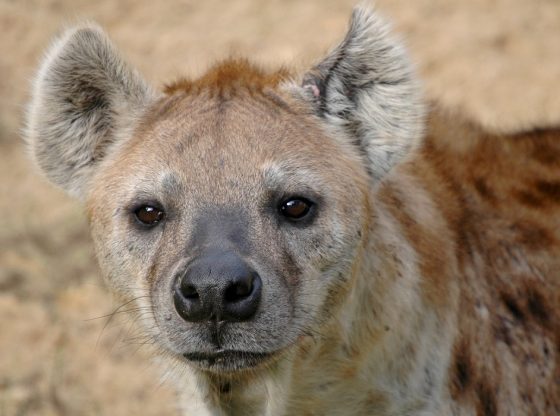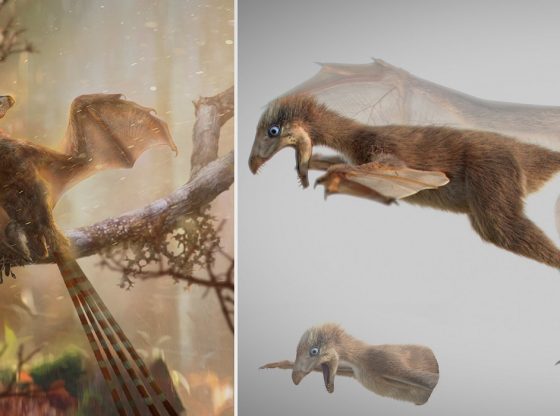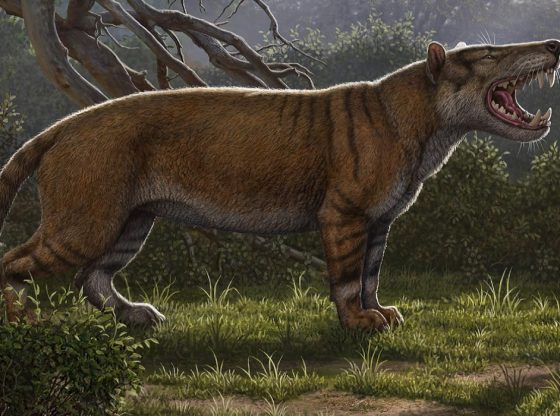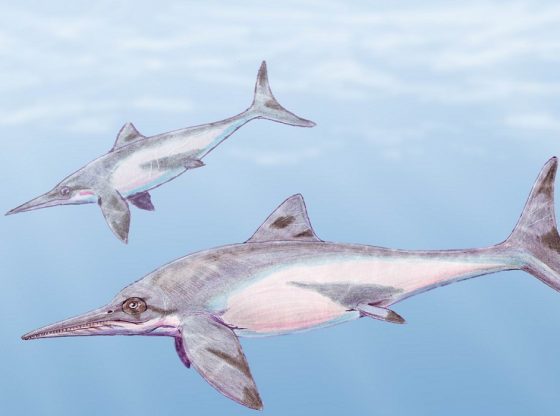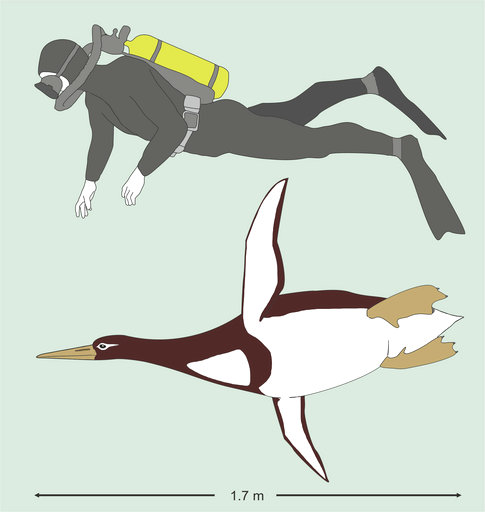
It was 177 centimeters tall and probably weighed around 100 kilos. A fossil discovery of an extinct giant penguin shows that there is still much we do not know about the evolution of birds.
The discovery was made in New Zealand and the giant penguin has now been given the name Kumimanu biceae. It lived about 55-60 million years ago, was about 177 centimeters tall and weighed around 100 kilos.
It has been known to the researchers that there were several species of giant penguins, but this latest finding is the largest ever and one of the oldest penguin species known. According to the researchers, this giant penguin species went extinct about 20 million years ago.
“This shows that the oldest penguins were very big and that they grew more than once during their development,”
– Gerald Mayr, paleontologist at Senckenberg Research Institute in Germany
The largest penguin present today is the Emperor Penguin (Aptenodytes forsteri), which is about 115 centimeters tall. The giant penguin was thus far beyond the largest penguins alive today.
The reason to why this extinct species became so big, the researchers believe, were due to the fact that penguins during this period lived in an ecosystem essentially without any predators.
When the dinosaurs died about 65 million years ago, many of the aquatic reptiles disappeared. With fewer dangers in the water and on land, the Penguin evolutionary precursors could safely evolve to looose their ability to fly and adapt to an aquatic life instead.
“When birds lose their ability to fly, they often get bigger,”
– Gerald Mayr
Gerald Mayr believes that their findings show that there is still much left to learn about the evolution of birds. The demise of giant penguins seems to coincide with the emergence of whales and seals, which may have competed with them for resources. However, the reasons for the gradual evolutionary shrinking of these birds in more recent times are still unclear.
The remains, which are documented in the Nature Communications journal, provides new insights into the evolution of the penguin lineage.
Reference:
Gerald Mayr, R. Paul Scofield, Vanesa L. De Pietri & Alan J. D. Tennyson, A Paleocene penguin from New Zealand substantiates multiple origins of gigantism in fossil Sphenisciformes doi:10.1038/s41467-017-01959-6

